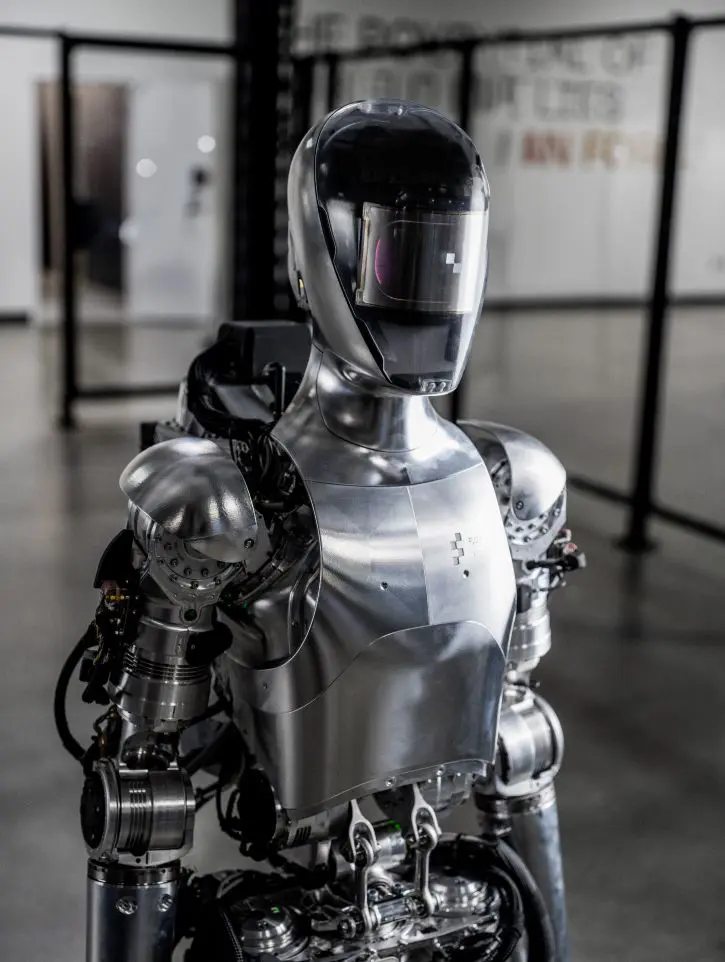BMW is preparing a new era of innovation in car production. In collaboration with the Californian company Figure, BMW will use humanoid robots on the production lines at the Spartanburg factory, South Carolina (US).
With a height of 167 cm and a weight of 59 kilograms, these autonomous robots will go on two legs, use hands with five fingers and take a break every five hours to move to a loading station where they will connect alone.
The use of robots on car assembly lines is not a novelty. They have been present for many years in the automotive industry, but this is the first moment when autonomous robots will be part of the workforce. Most likely, with significant implications on the labor market.

Humanoid robots are already tested in warehouses, and in the future it is expected to help in hospitals and asylums. According to Brett Adcock, the Figure CEO, we can see humanoid robots in the real world in the next 24 months, indicating rapid progress in this technological field.
BMW will use humanoid robots on production lines
The collaboration agreement between Figure and BMW outlines a “stages -based approach” for the implementation of humanoid robots in car production. The initial phase involves identifying the cases of use for these robots in car production, followed by the gradual implementation in the BMW production facility in Spartanburg, South Carolina (US). The partnership will also explore advanced technologies, such as artificial intelligence, robot control, virtualization of production and robot integration.
Brett Adcock emphasizes that the humanoid robots from the figures can perform practically any human worker, thus covering the gaps in automation where certain tasks remain difficult. Not only will BMW use humanoid robots on production lines. The implementation of humanoid robots in applications in the real world is considered a significant step for this technological field, and very interested companies from several industries are interested in this opportunity.
BMW president and CEO, Robert Engelhorn, recognizes the constantly evolving landscape of car production and states that robots have the potential to make more efficient productivity and allow the human team to focus on future transformations.
Auto manufacturers, including BMW, explore the increasingly intensive use of robots to counteract the increase in labor costs. Recent agreements with unions indicate a direction to more generous payroll packages for human workers, automating an attractive option for maintaining efficiency and competitiveness. Of course, to the detriment of the human labor.
In conclusion, the integration of humanoid robots into BMW production processes is a significant step in remodeling the automotive industry. Although it may take some time until humanoid robots completely replace human workers, the collaboration between figures and BMW is a proof of the continuous evolution of automation.
Related: Artificial intelligence will lead to humanity's disappearance
We need to expect more notable developments as technology progresses in the field of humanoid robots and generative artificial intelligence.
BMW will use humanoid robots on production lines
What’s New
About Stealth
Passionate about technology, I write with pleasure on stealthsetts.com starting with 2006. I have a rich experience in operating systems: Macos, Windows and Linux, but also in programming languages and blogging platforms (WordPress) and for online stores (WooCommerce, Magento, Presashop).
View all posts by StealthYou may also be interested in...


